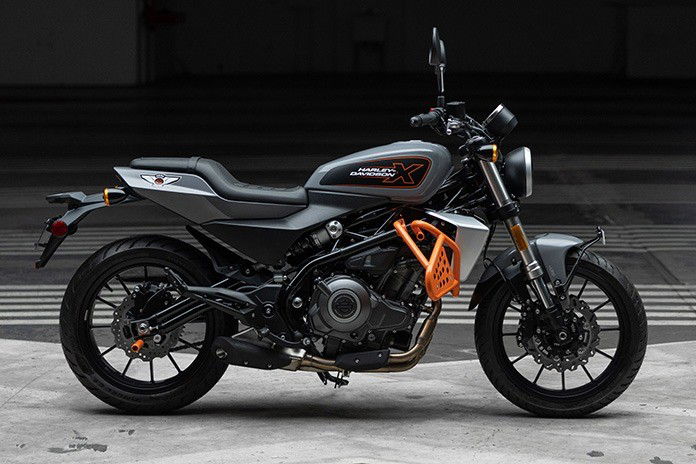Bajaj Auto Posts Strong Q4 Profits Following KTM Buyout
Bajaj has posted strong financial results off the back of saving KTM, and that is despite some minor setbacks

India’s Bajaj Auto has beaten market expectations in its latest financial results, reporting a bumper profit for the final quarter of the fiscal year, even as domestic demand took a bit of a nosedive.
The company pulled in ₹20.49 billion (about £177 million) in profit for the January to March period, comfortably outpacing analysts’ estimates. Much of that positive momentum came from a 20 per cent jump in exports and favourable currency gains, as Bajaj further entrenched itself as India’s largest exporter of two-wheelers by volume.
But the real story isn’t just about quarterly numbers - it’s about power moves in Europe.
The KTM buyout by Bajaj is just the beginning

Last week, Bajaj confirmed it will be taking a controlling stake in KTM, the Austrian brand best known for its orange-clad hooligan machines and off-road bikes. It’s a huge moment. Bajaj already has close ties to KTM and the Pierer Mobility Group (PMG), but this marks a more assertive shift from strategic partner to majority controller. The move signals serious intent from the Indian manufacturer to strengthen its grip on the global motorcycle market, from affordable commuters to high-performance beasts. And it sees Europe as a big part of that plan, and KTM as a valuable asset to help it.
However, the KTM transition hasn’t come without friction. Exports of KTM’s higher-value models were temporarily suspended, something Bajaj admitted had dented potential gains this quarter. Even so, the group still posted a 6 per cent rise in quarterly revenue, climbing to ₹121.48 billion (£1.05 million) with overall two-wheeler sales up 3 per cent.
The company’s EBITDA margin nudged up slightly to 20.2 per cent, showing a resilient operating performance despite mixed domestic results, where sales dropped by 8 per cent.
For enthusiasts, the big question is: what does this mean for KTM’s future product direction under Bajaj's stewardship? Could we see more India-built KTMs? Will there be even greater synergy between the companies in terms of platform sharing, cost-saving, and perhaps even new models for emerging markets? With Bajaj now more involved in KTM, the next few months could be telling. For now, the message from Mumbai is clear: global domination is very much still on the cards.
Find the latest motorcycle news on Visordown.com












